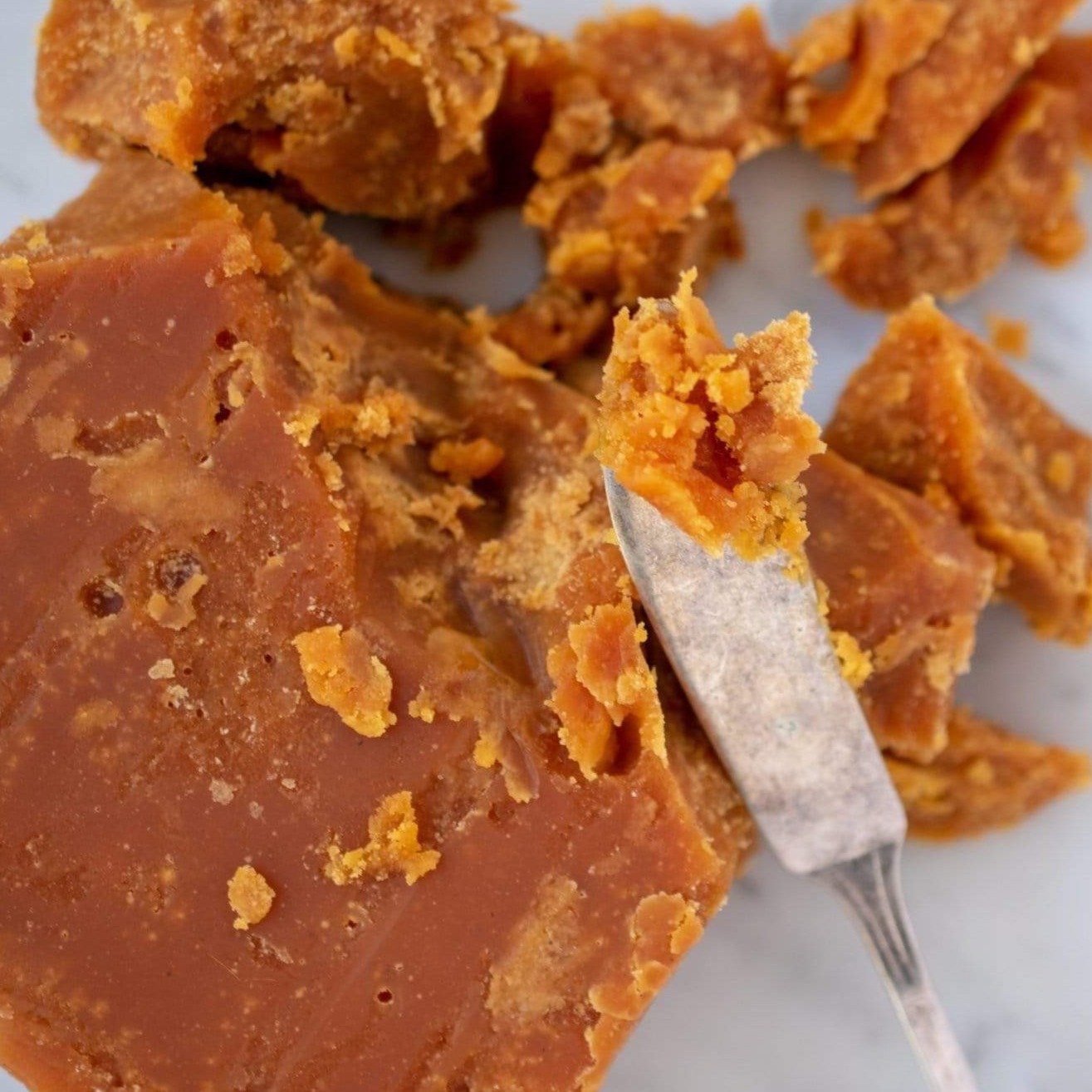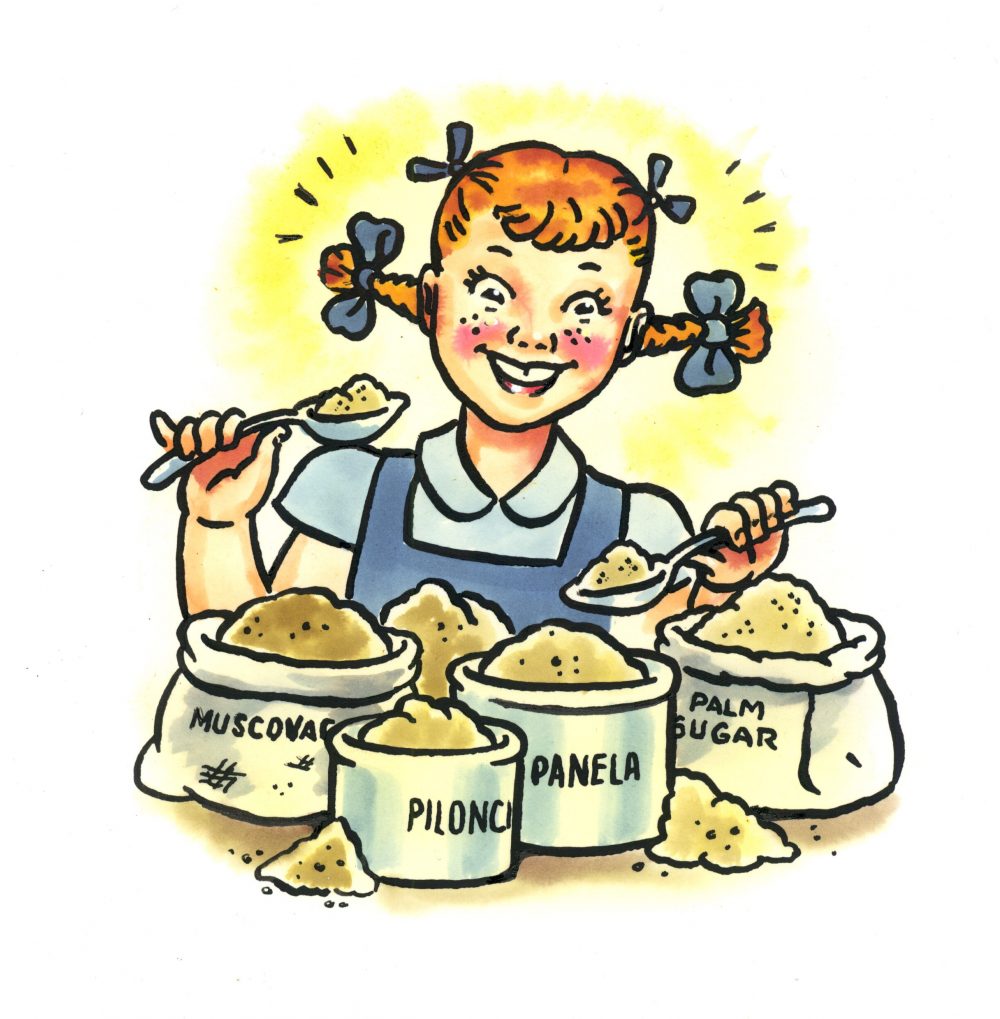Confused by the sheer variety of sugars available these days, Milk Street Radio listener Whitney Morris of Vancouver, Washington wanted to know more, including the differences between raw sugars and conventional brown sugar, and whether they can be used interchangeably.
They may be similar in color and serve the same purpose—to sweeten—but brown sugar and raw sugars are quite different, and substituting them for each other isn’t a simple one-for-one.
Conventional brown sugar is refined white sugar that is blended with molasses. Raw sugars are made from a number of sources and are unfiltered and unrefined. Because they are less processed than brown sugar, raw sugars tend to have earthier, more complex flavors. Some of our favorites include muscovado, a rich, almost bittersweet sugar made from sugarcane in Mauritius and the Philippines; cone-shaped piloncillo (also known as panela), which is made from boiled-down sugarcane juice in Latin America; and Asia’s jaggery, which is made from a blend of cane juice and date or palm sap and has a maple syrup-like flavor.

Though we love the tastes of these sugars, they contain varying amounts of moisture. In addition, some raw sugars are produced as solid blocks that require shaving or chopping before use. These differences make them challenging substitutes for brown sugar. We had the most success in rich, moist desserts such as blondies (we particularly liked muscovado). But we had trouble using raw sugars in recipes that rely on creaming for lift and structure, as the moisture and granulation interfered with how the mixtures trapped air.
See here for more from the Milk Street Store.
Join the conversation on Facebook, Twitter, Instagram and Pinterest.





